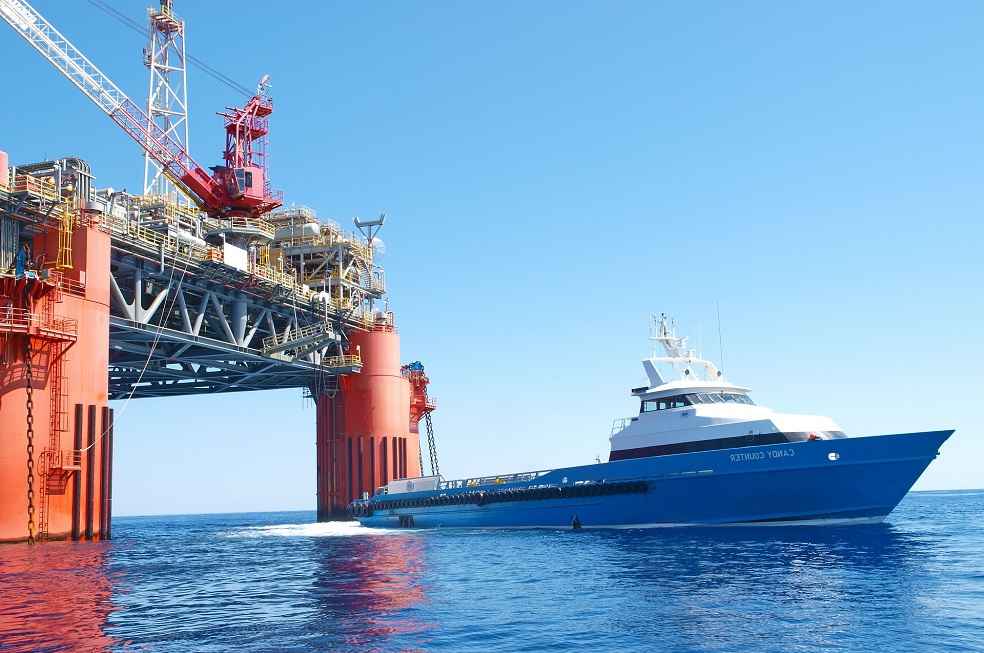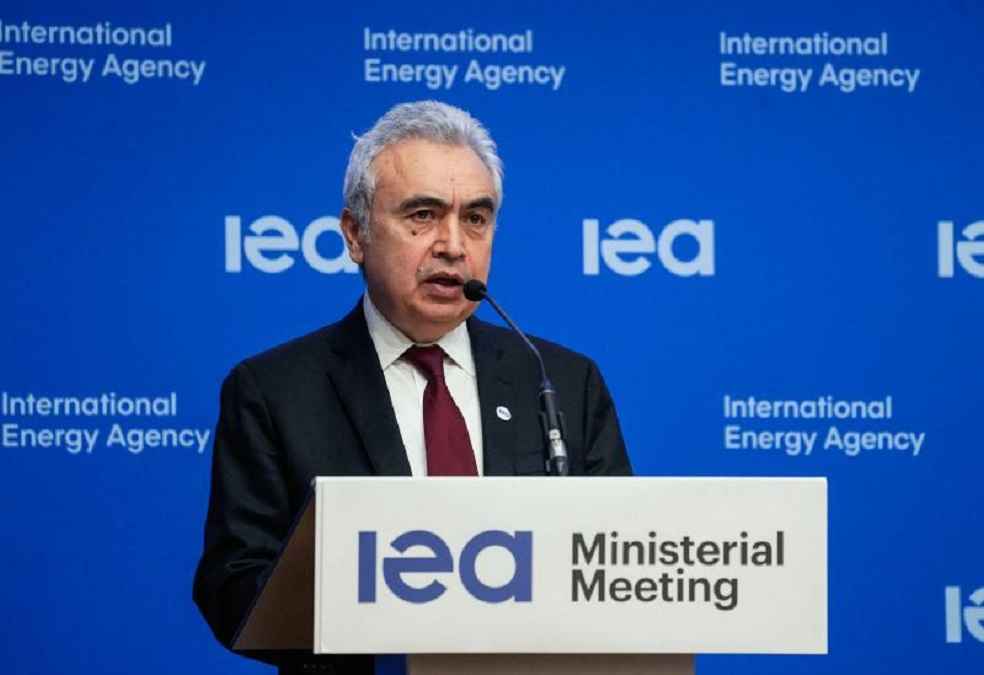The International Energy Agency (IEA) disclosed on Tuesday that Russian Oil Exports rose to 8.3 million barrels per day (bpd) in April, the highest level since the invasion of Ukraine. The surge, an increase of 50,000 bpd from the previous month, resulted in a revenue boost of $1.7 billion for the nation, bringing its total oil export earnings to $15 billion.
Despite Western sanctions and embargoes from the European Union, Russia is effectively countering potential losses. The nation has found little difficulty in locating willing buyers for its crude and oil products, often at the expense of fellow OPEC+ members. Remarkably, nearly 80% of Russian crude exports are directed to China and India.

Interestingly, these figures represent a drastic shift in commodity flows, with Moscow rerouting millions of barrels of oil daily from Europe to Asia over the past year. Moscow has also adapted to the sanctions by collaborating with lesser-known trading companies and tanker-owners, developing novel systems to transport its oil.
While Russia’s oil revenues have seen an uptick, they are still 27% lower than the same month in 2022. The decrease is attributed to lower global energy prices and the impact of a G7-led price cap on permitted Russian exports of oil and refined petroleum products. Despite these hindrances, the discount on Russian oil has started to narrow as Moscow increases its access to non-western shipping capable of operating outside of the price caps.
The rise in shipments mirrors the burgeoning demand in Asia, especially in China, which recorded a historic demand high of 16 million bpd in March. In line with China’s soaring demand, the IEA has increased its forecast for 2023 global oil demand growth to 2.2 million bpd, with China expected to contribute to nearly 60% of the increase.

While the IEA report indicates that Russia failed to deliver on its threat to cut production sharply, the country has announced a production cut of 500,000 barrels per day. Its OPEC+ allies, including Saudi Arabia, have also agreed to reduce output. To comply with these agreements, Russia is expected to cut an additional 300,000 barrels per day in May.
Despite the recent fall in global oil prices, with Brent crude falling by nearly $16 a barrel in two weeks, the IEA expects a tighter market in the second half of the year. As the world grapples with geopolitical tensions and volatile energy markets, the full impact of these dynamics remains to be seen.
ORGANIZATIONS: Unites WTO and FIFA to Boost Trade and Uplift Women



